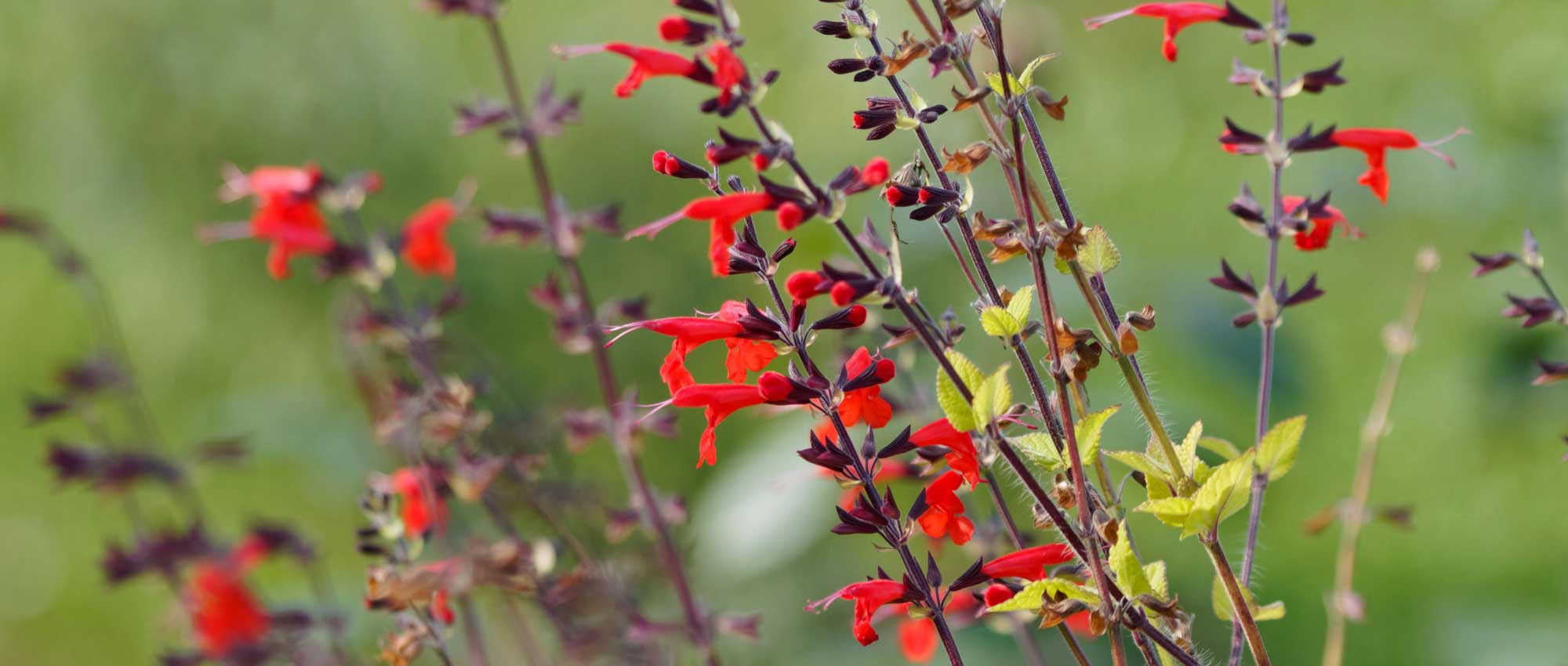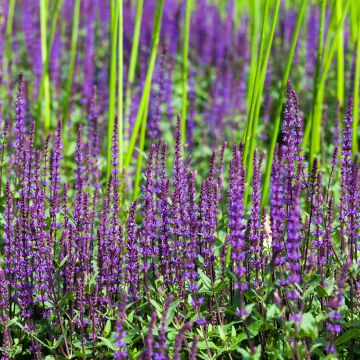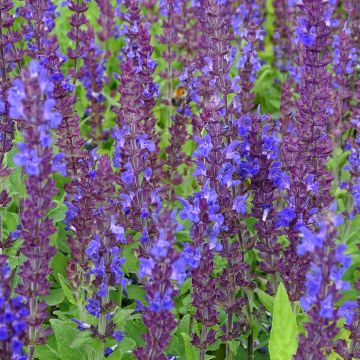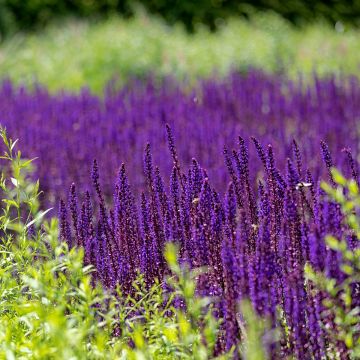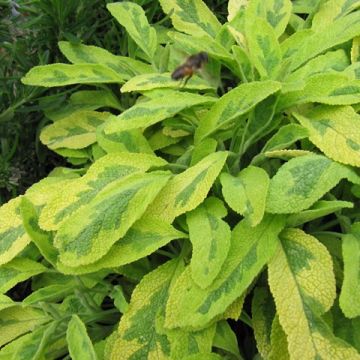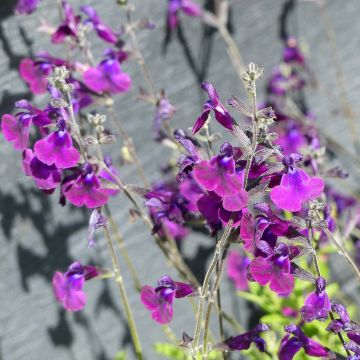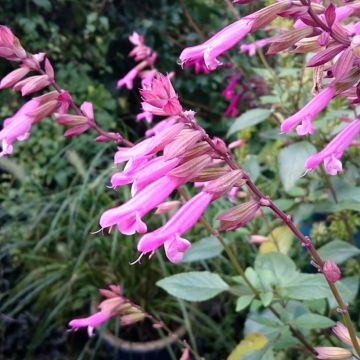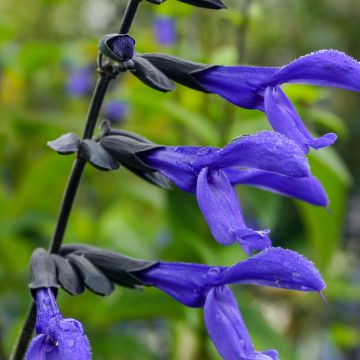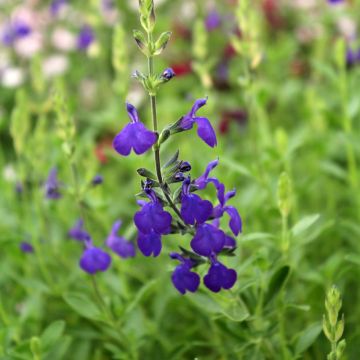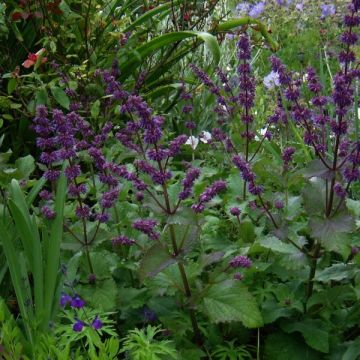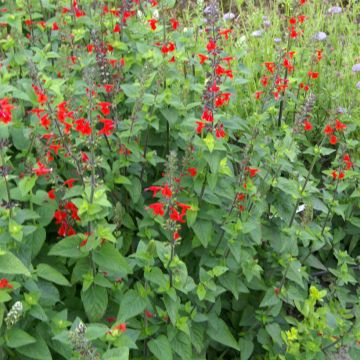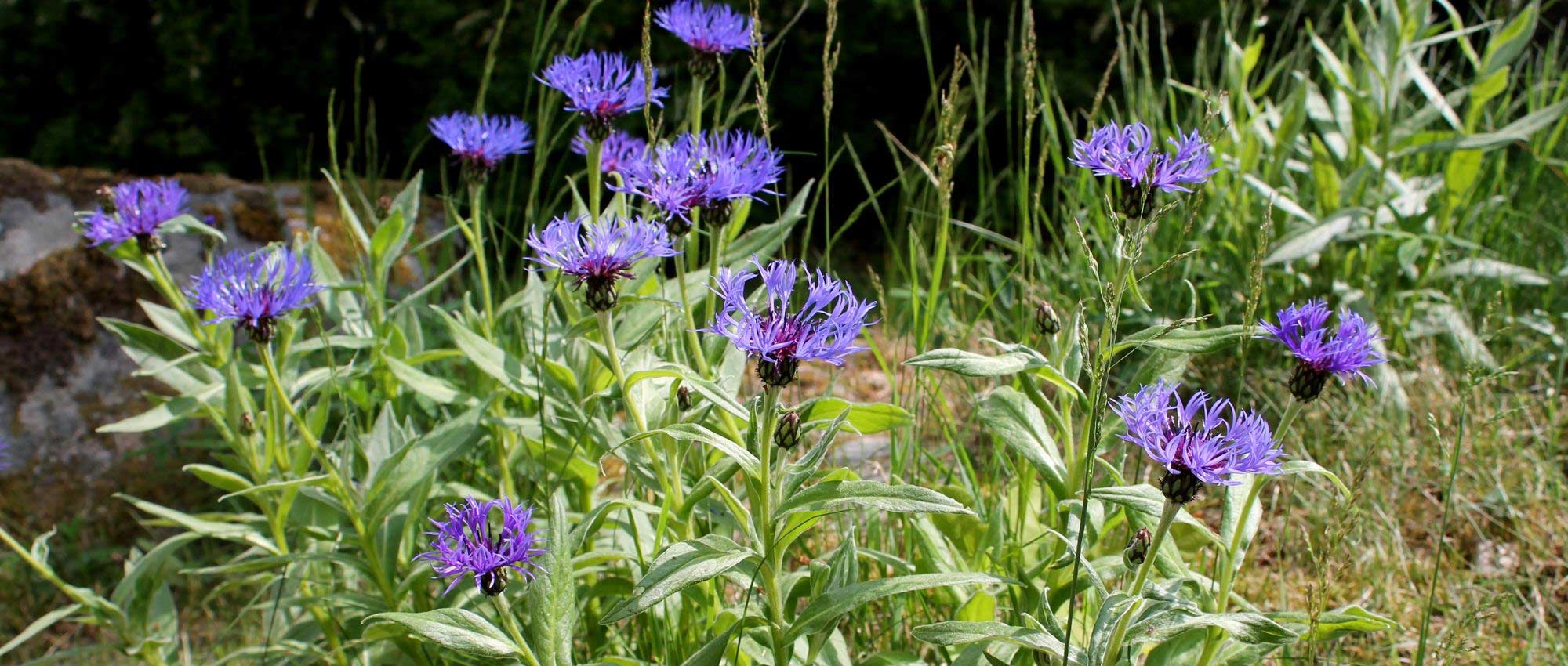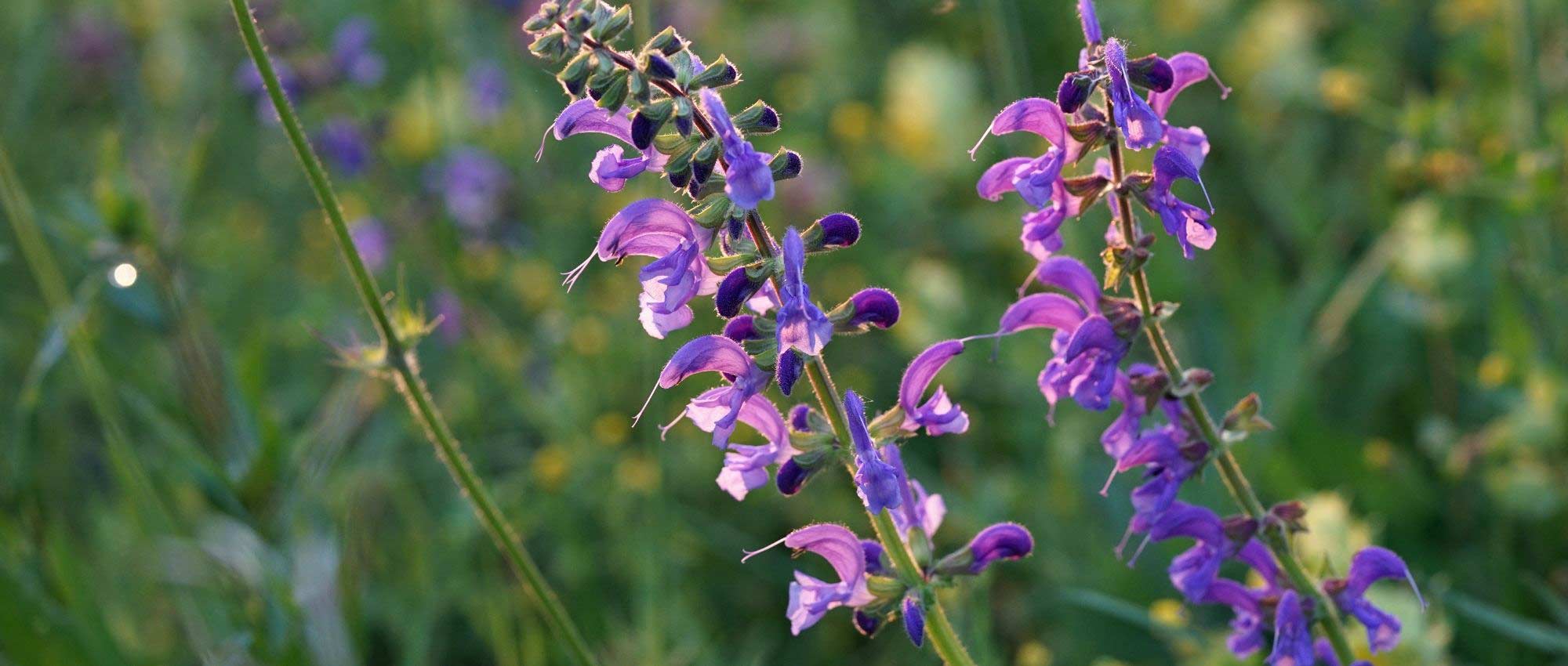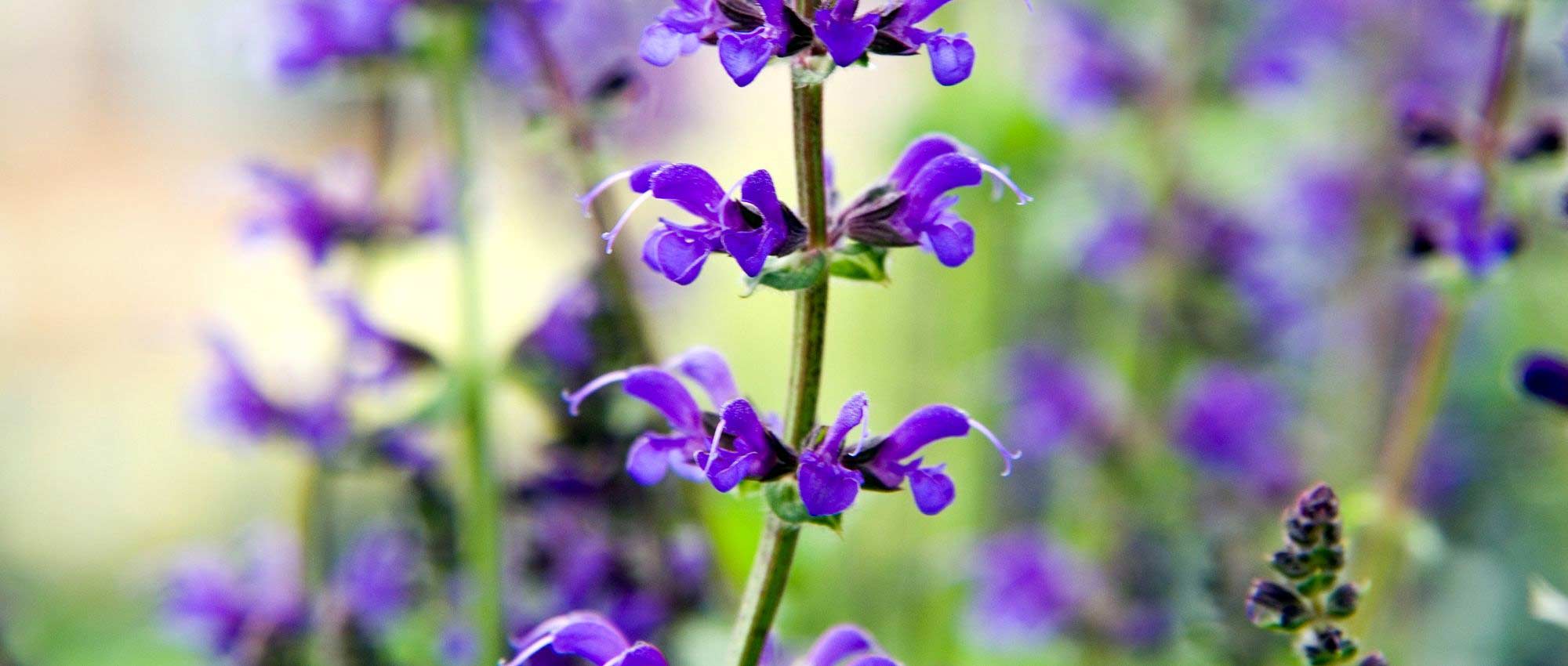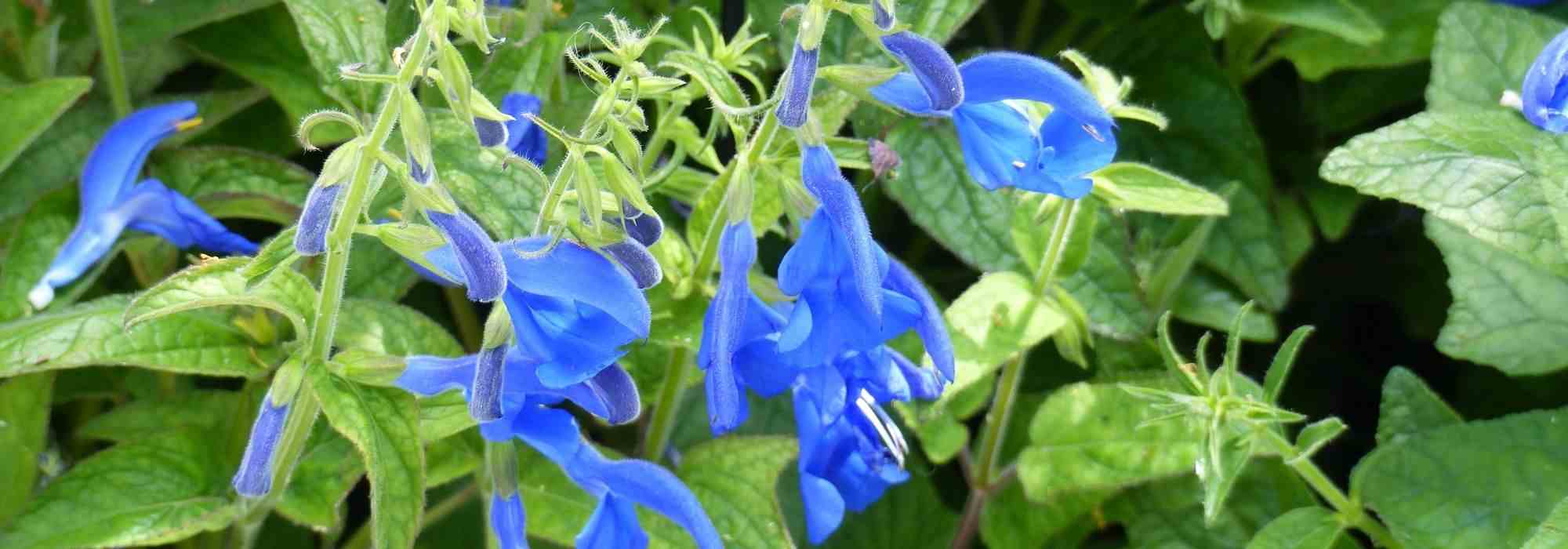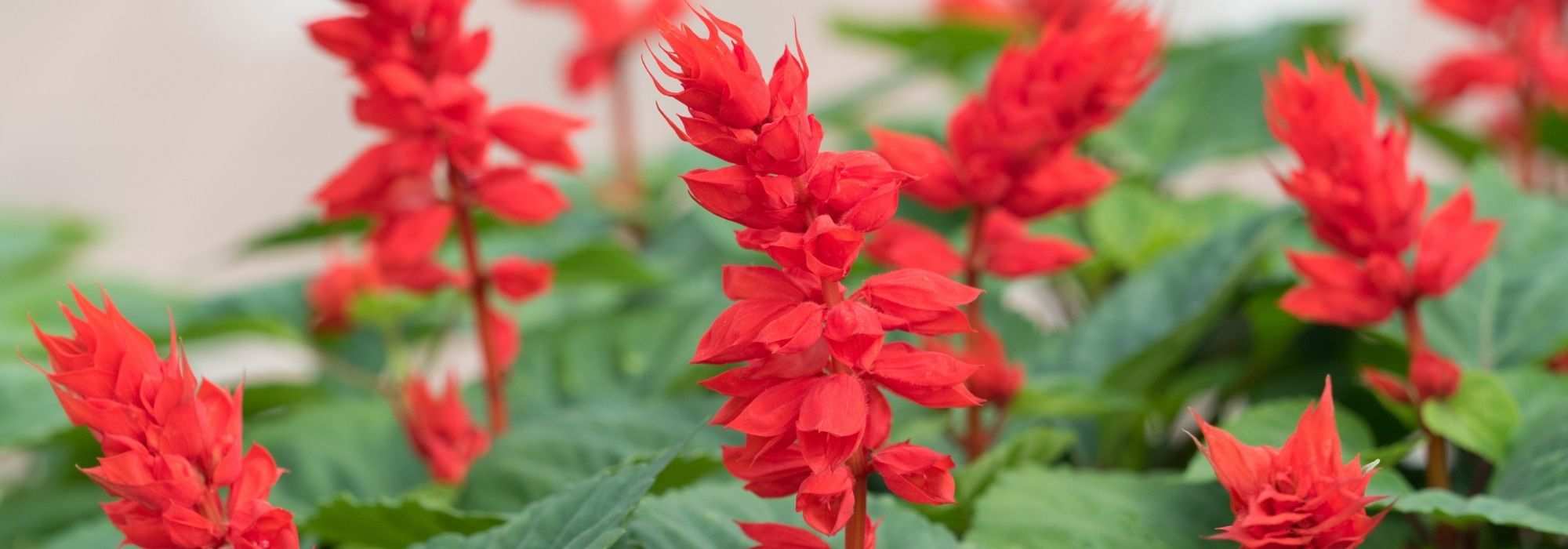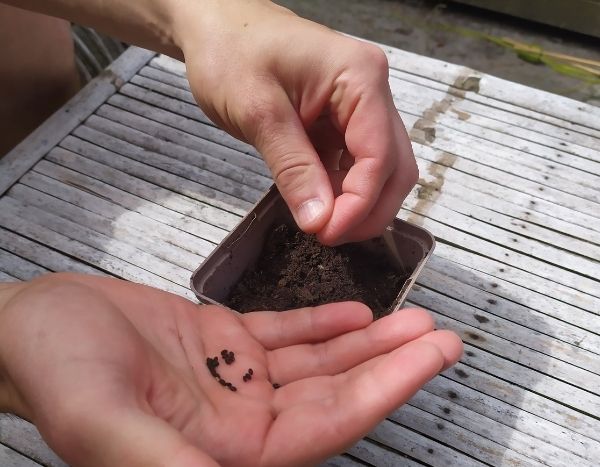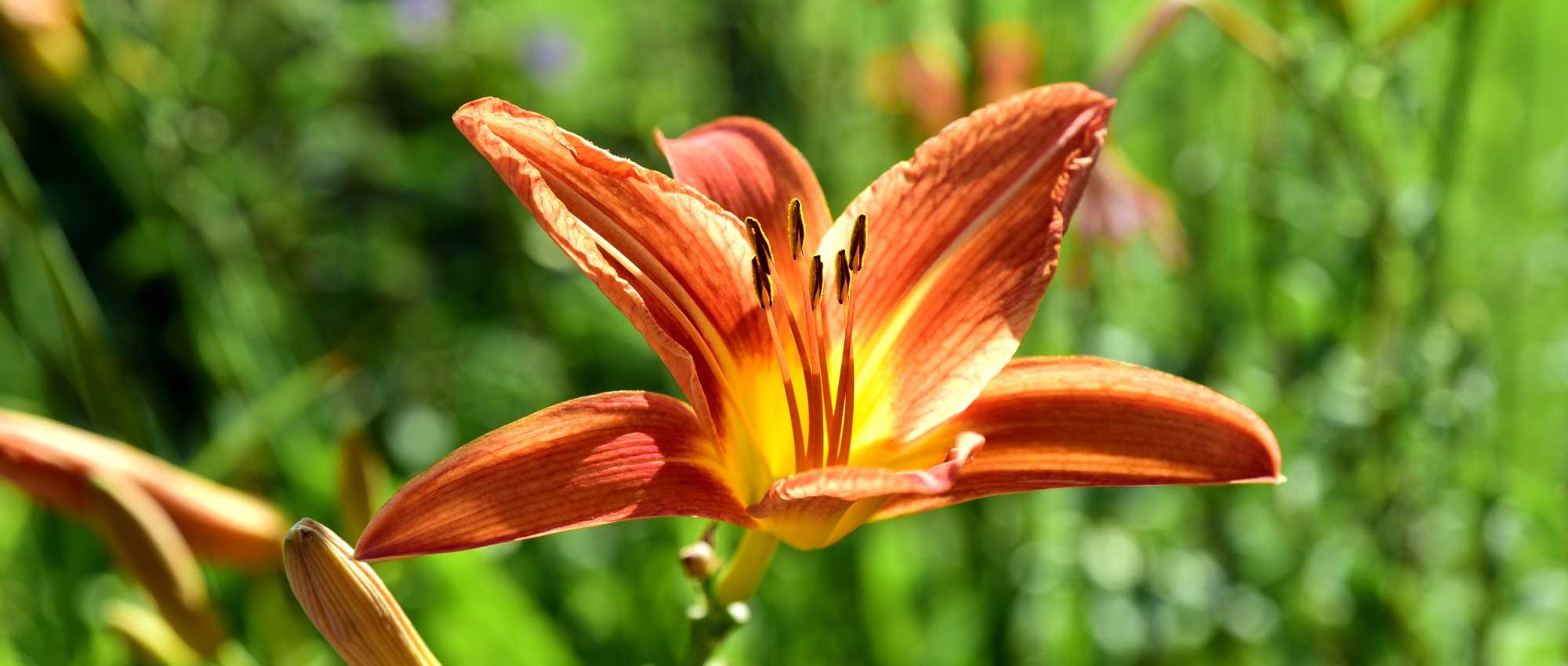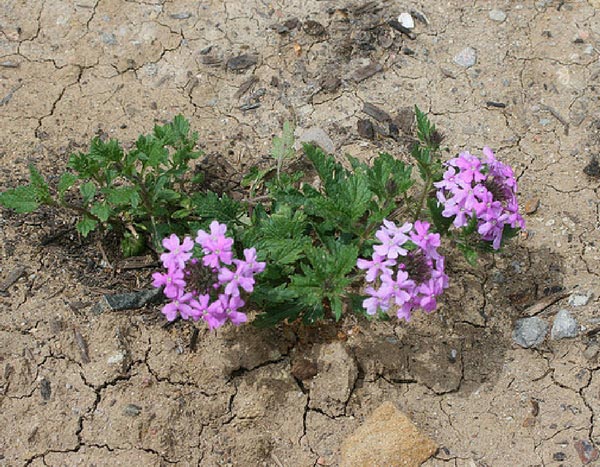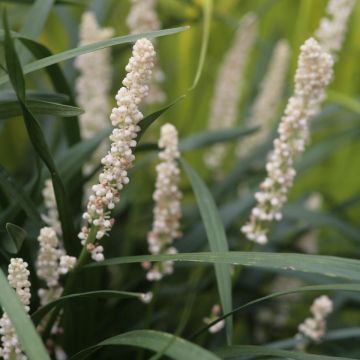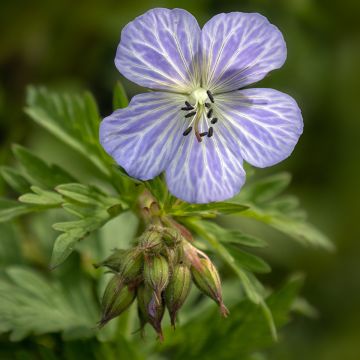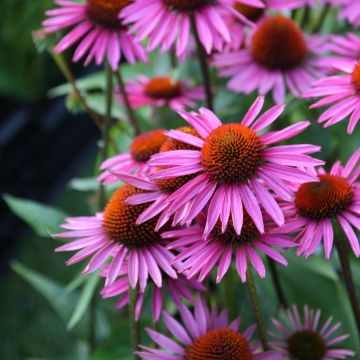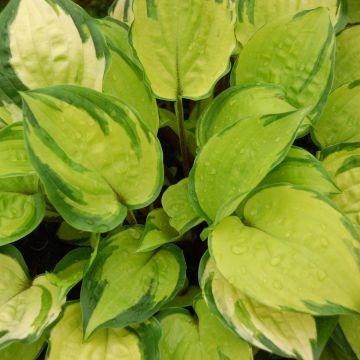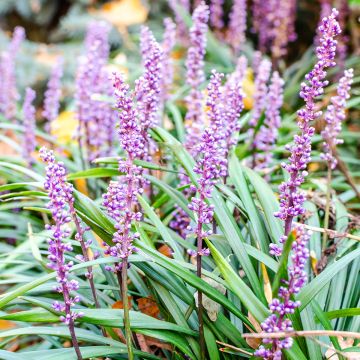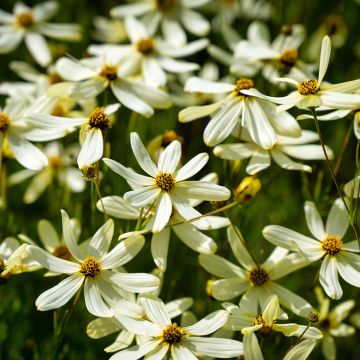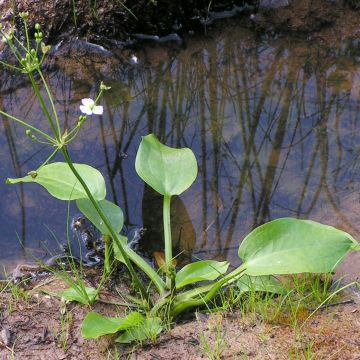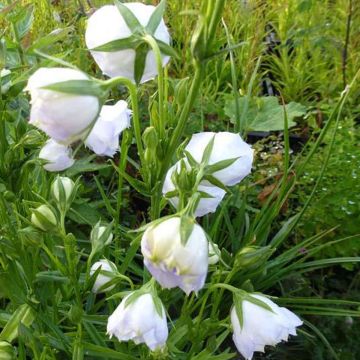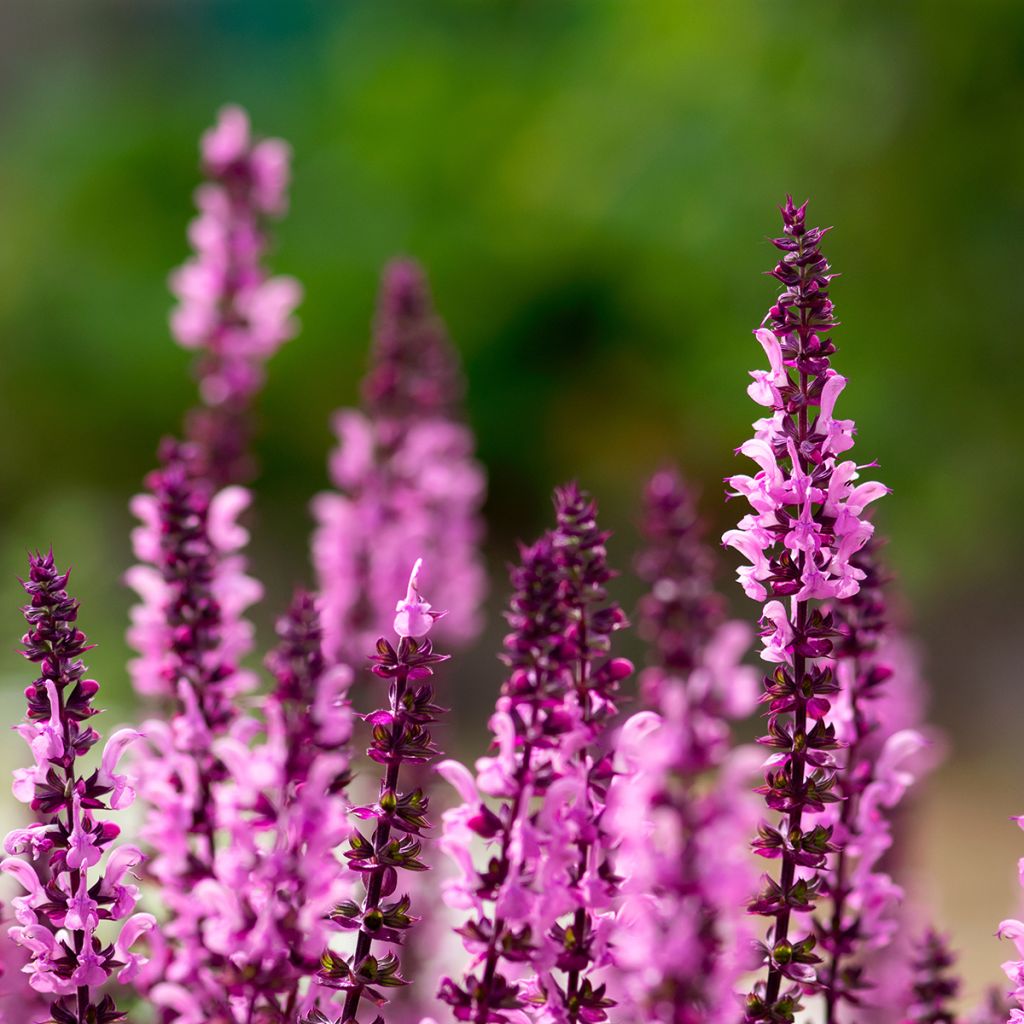

Sauge - Salvia nemorosa Caradonna Pink
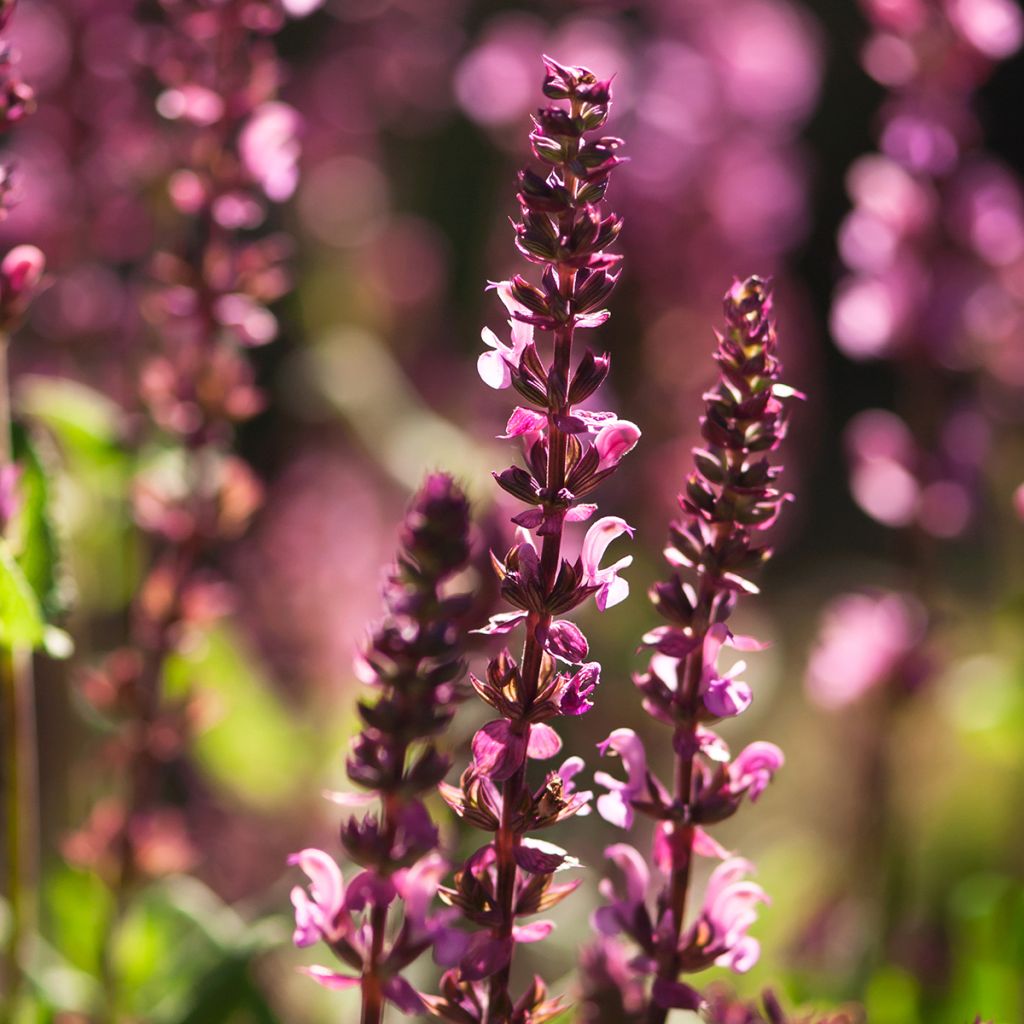

Sauge - Salvia nemorosa Caradonna Pink
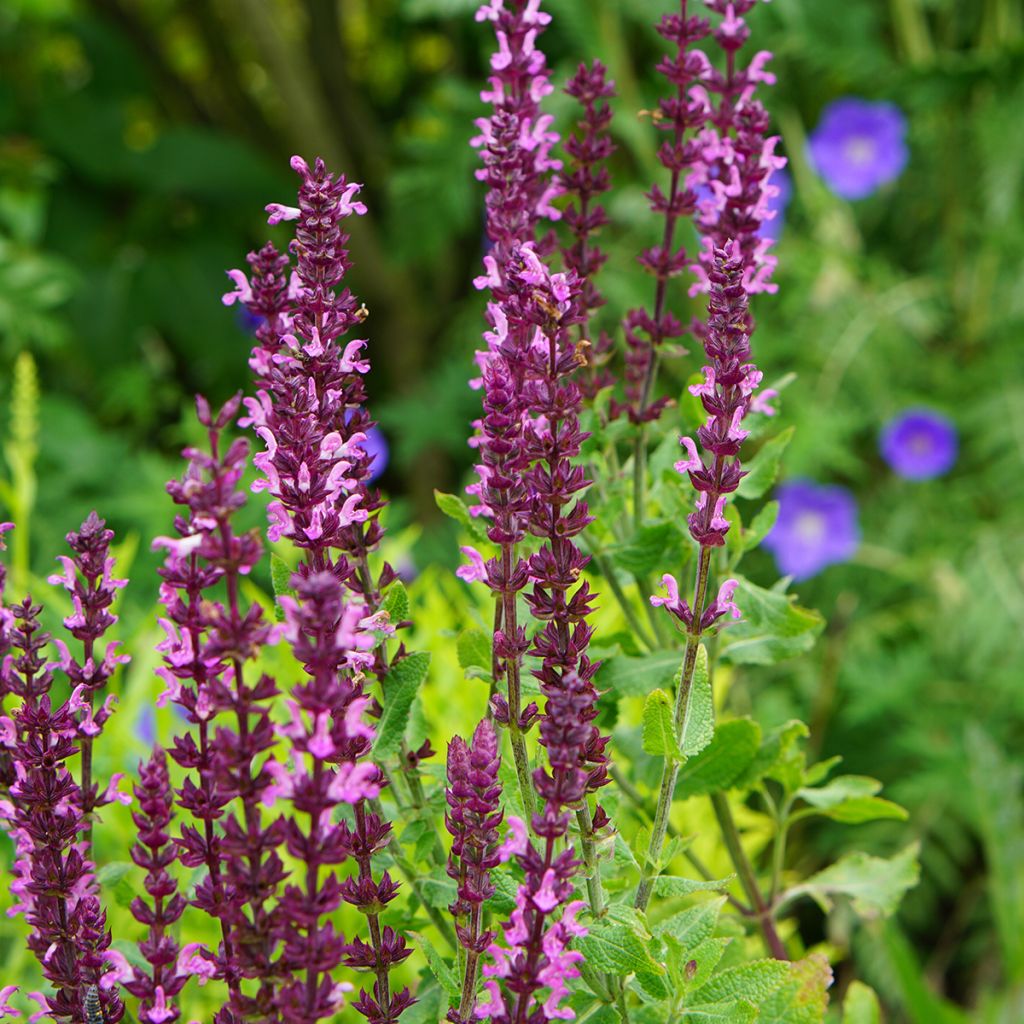

Sauge - Salvia nemorosa Caradonna Pink
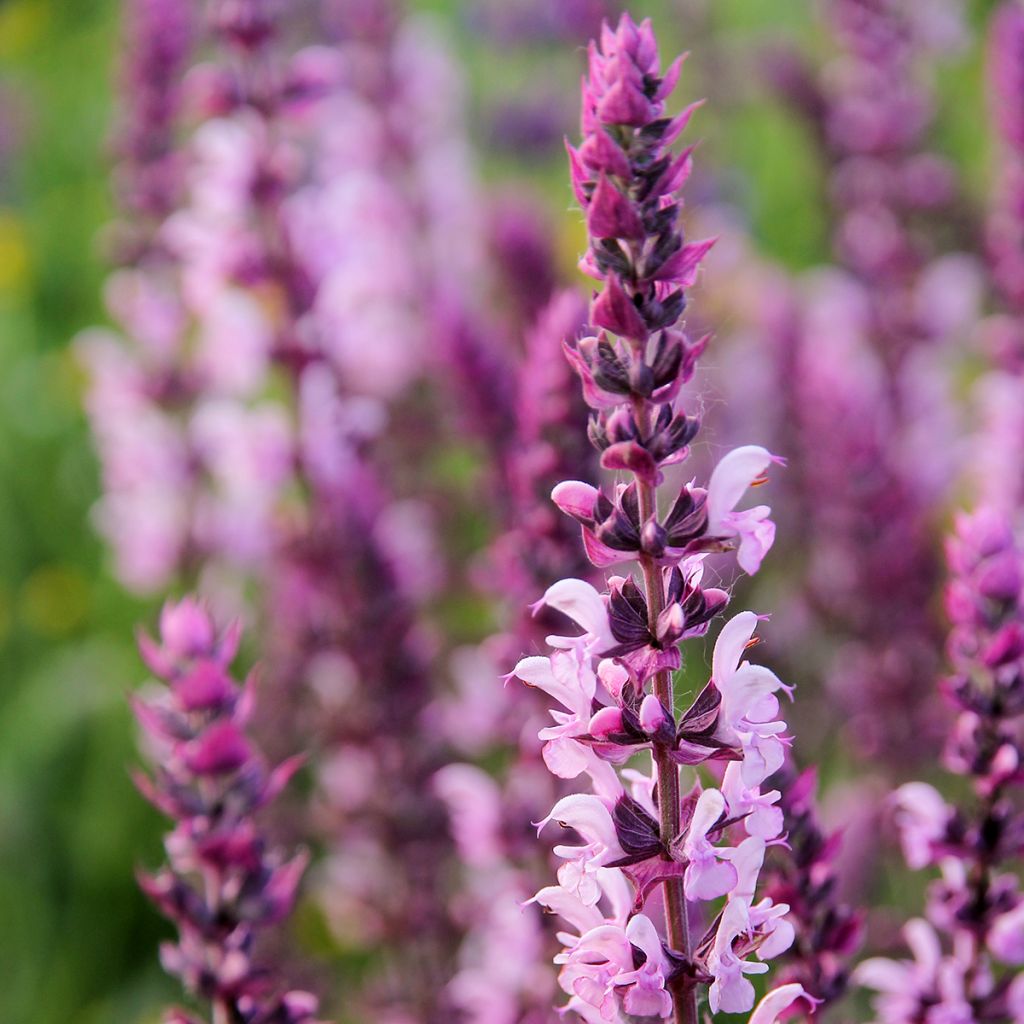

Sauge - Salvia nemorosa Caradonna Pink
Salvia nemorosa Caradonna Pink - Woodland Sage
Salvia nemorosa Caradonna Pink
Woodland Sage, Balkan Clary
Planted six months ago, it is doing very well (heavy soil).
Vanessa, 08/09/2024
Special offer!
Receive a €20 voucher for any order over €90 (excluding delivery costs, credit notes, and plastic-free options)!
1- Add your favorite plants to your cart.
2- Once you have reached €90, confirm your order (you can even choose the delivery date!).
3- As soon as your order is shipped, you will receive an email containing your voucher code, valid for 3 months (90 days).
Your voucher is unique and can only be used once, for any order with a minimum value of €20, excluding delivery costs.
Can be combined with other current offers, non-divisible and non-refundable.
Home or relay delivery (depending on size and destination)
Schedule delivery date,
and select date in basket
This plant carries a 12 months recovery warranty
More information
We guarantee the quality of our plants for a full growing cycle, and will replace at our expense any plant that fails to recover under normal climatic and planting conditions.

Would this plant suit my garden?
Set up your Plantfit profile →
Description
The Salvia nemorosa 'Caradonna Pink' bears the name of a famous cultivar, Caradonna, given to a bush sage with intense dark purple, highly prized and widely planted in recent years. Now comes the time for a variant with pink flowers. A small, sturdy perennial sage with early flowering, this variety blooms until autumn providing any faded flowers are removed with shears. Its upright and slender spikes appear from May onwards, with dark pink buds that open into multiple miniature flowers in a softer pink, creating a two-tone pink sensation. Dark purple stems give the whole plant a beautiful intensity. This undemanding perennial tolerates drought and brings life to sunny flower beds and containers for almost 6 months.
The Salvia nemorosa is a perennial of the Lamiaceae or Labiate family, and 'Caradonna Pink' is one of its many cultivars. Its adult size does not exceed 50, or even 55 cm in height when in bloom, with foliage reaching 40 cm (16in), and a width of 30 cm (12in). This perennial develops from a prostrate rosette of oval, rough, embossed, very dark green, toothed, aromatic leaves. It has a bushy, compact, heavily branched and sturdy habit. Flowering begins in May and continues until August. It slows down during the height of summer when the soil is dry, then resumes in September if it has been pruned after the first wave of flowers. From the foliage tuft, slender terminal clusters of numerous small flowers (0.5 to 1 cm (0in)) in a soft pink, with bracts of dark purple, emerge on stems. The beautiful nectar-rich flower spikes are a delight for butterflies and bees.
The 'Caradonna Pink' sage is an excellent choice for ornamental terraces and balconies, as well as a preferred host for low-maintenance flower beds. Easy to grow, this plant is also one of the hardiest sages, and therefore a fantastic garden perennial that will not disappoint. It withstands everything, wind, cold, heat, and poor soils. It looks stunning alongside roses. It pairs perfectly with grey foliage of mugworts in dry soil or purple foliage, such as that of Physocarpus opulifolius Lady in Red in moister soil, or even with the anise green foliage of Lady's mantle. It also pairs well with light pink flowering plants, both tonal and contrasting with its intensity, such as pink vervain hastata, which towers over it, arbustive Barnsley mallow, or Penstemon digitalis Dakota Burgundy.
With over 900 species of annuals, perennials, and softwood shrubs spread all over the globe, except in very cold regions and tropical forests, the genus Salvia is the richest in the Lamiaceae family. The name Salvia, which dates back to Roman times, derives from the Latin word salvus 'healthy' in reference to the medicinal properties of common sage.
Salvia nemorosa Caradonna Pink - Woodland Sage in pictures
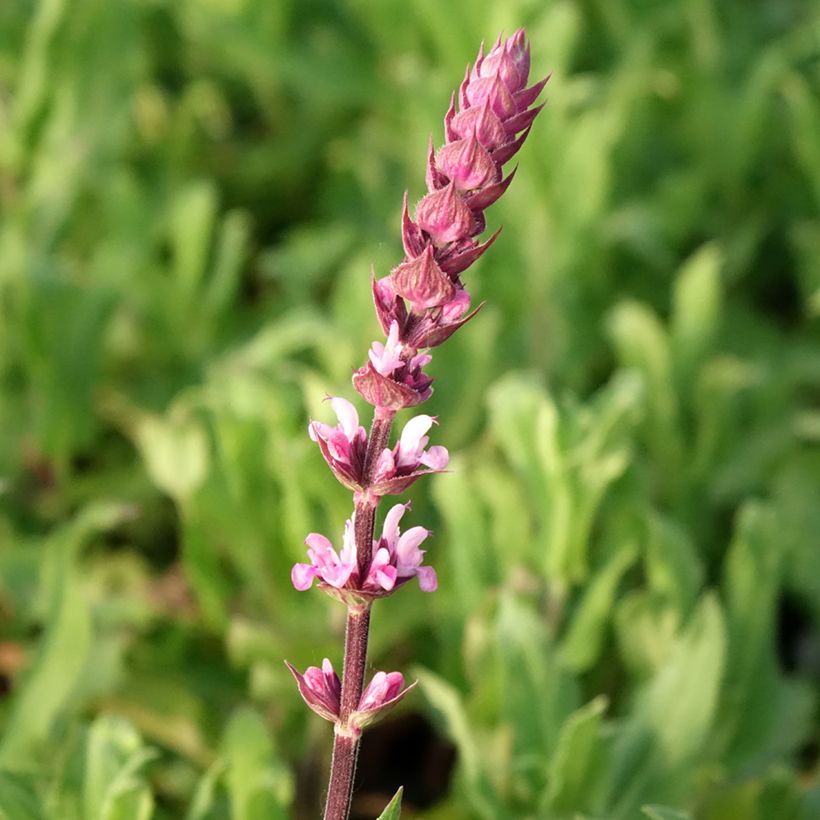

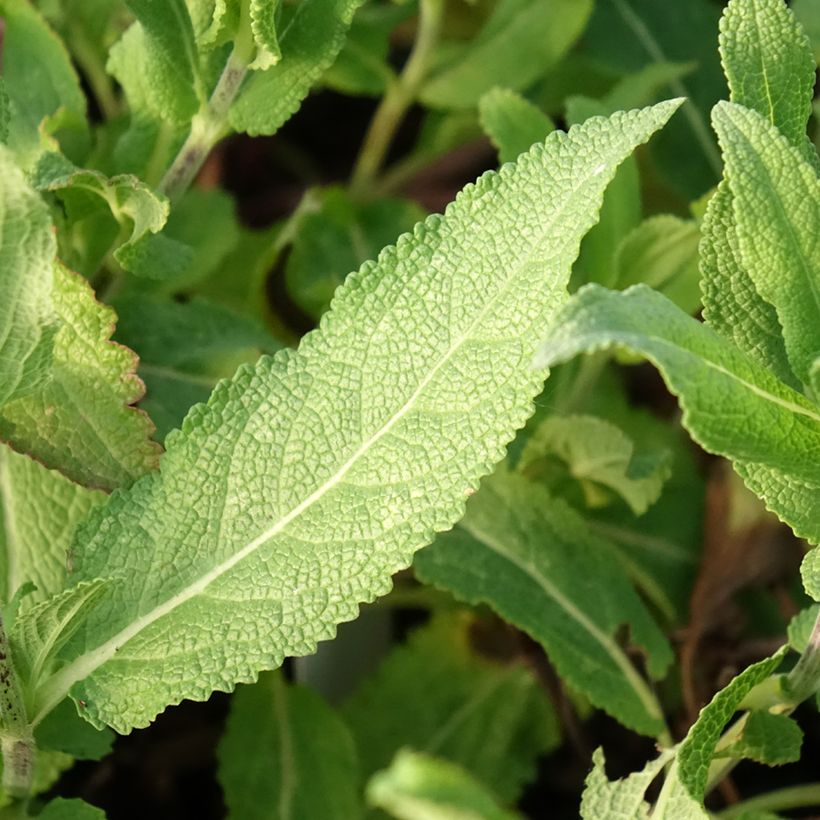

Flowering
Foliage
Plant habit
Botanical data
Salvia
nemorosa
Caradonna Pink
Lamiaceae
Woodland Sage, Balkan Clary
Cultivar or hybrid
Other Salvia - Sage
View all →Planting and care
The Salvia nemorosa 'Caradonna Pink' should be planted from October to March, outside the frost period, with a spacing of 40 cm (16in) in well-drained, even rocky soil, in full sun or partial shade. This plant appreciates limestone and tolerates some drought. In winter, this plant does not like heavy and waterlogged soils, which can harm its hardiness. A light compost made of manure or other organic matter should be applied in winter. Prune it to 20 cm (8in) in late winter before the start of vegetation. Beware of gastropods that can attack young shoots. In humid areas, apply a 4 to 6 cm (2in) thick 'mulch' made of minerals (gravel, pumice, pebbles) to drain the collar of the plant. Under these conditions, it can withstand temperatures as low as -25°C (-13°F). To preserve the vitality of the sage, it is good to divide the plant after 3 years. Plant the new plants in well-worked soil: to improve slightly poor soil, mix in some horticultural compost.
Planting period
Intended location
Care
Planting & care advice
-
, onOrder confirmed
Reply from on Promesse de fleurs
Similar products
Haven't found what you were looking for?
Hardiness is the lowest winter temperature a plant can endure without suffering serious damage or even dying. However, hardiness is affected by location (a sheltered area, such as a patio), protection (winter cover) and soil type (hardiness is improved by well-drained soil).

Photo Sharing Terms & Conditions
In order to encourage gardeners to interact and share their experiences, Promesse de fleurs offers various media enabling content to be uploaded onto its Site - in particular via the ‘Photo sharing’ module.
The User agrees to refrain from:
- Posting any content that is illegal, prejudicial, insulting, racist, inciteful to hatred, revisionist, contrary to public decency, that infringes on privacy or on the privacy rights of third parties, in particular the publicity rights of persons and goods, intellectual property rights, or the right to privacy.
- Submitting content on behalf of a third party;
- Impersonate the identity of a third party and/or publish any personal information about a third party;
In general, the User undertakes to refrain from any unethical behaviour.
All Content (in particular text, comments, files, images, photos, videos, creative works, etc.), which may be subject to property or intellectual property rights, image or other private rights, shall remain the property of the User, subject to the limited rights granted by the terms of the licence granted by Promesse de fleurs as stated below. Users are at liberty to publish or not to publish such Content on the Site, notably via the ‘Photo Sharing’ facility, and accept that this Content shall be made public and freely accessible, notably on the Internet.
Users further acknowledge, undertake to have ,and guarantee that they hold all necessary rights and permissions to publish such material on the Site, in particular with regard to the legislation in force pertaining to any privacy, property, intellectual property, image, or contractual rights, or rights of any other nature. By publishing such Content on the Site, Users acknowledge accepting full liability as publishers of the Content within the meaning of the law, and grant Promesse de fleurs, free of charge, an inclusive, worldwide licence for the said Content for the entire duration of its publication, including all reproduction, representation, up/downloading, displaying, performing, transmission, and storage rights.
Users also grant permission for their name to be linked to the Content and accept that this link may not always be made available.
By engaging in posting material, Users consent to their Content becoming automatically accessible on the Internet, in particular on other sites and/or blogs and/or web pages of the Promesse de fleurs site, including in particular social pages and the Promesse de fleurs catalogue.
Users may secure the removal of entrusted content free of charge by issuing a simple request via our contact form.
The flowering period indicated on our website applies to countries and regions located in USDA zone 8 (France, the United Kingdom, Ireland, the Netherlands, etc.)
It will vary according to where you live:
- In zones 9 to 10 (Italy, Spain, Greece, etc.), flowering will occur about 2 to 4 weeks earlier.
- In zones 6 to 7 (Germany, Poland, Slovenia, and lower mountainous regions), flowering will be delayed by 2 to 3 weeks.
- In zone 5 (Central Europe, Scandinavia), blooming will be delayed by 3 to 5 weeks.
In temperate climates, pruning of spring-flowering shrubs (forsythia, spireas, etc.) should be done just after flowering.
Pruning of summer-flowering shrubs (Indian Lilac, Perovskia, etc.) can be done in winter or spring.
In cold regions as well as with frost-sensitive plants, avoid pruning too early when severe frosts may still occur.
The planting period indicated on our website applies to countries and regions located in USDA zone 8 (France, United Kingdom, Ireland, Netherlands).
It will vary according to where you live:
- In Mediterranean zones (Marseille, Madrid, Milan, etc.), autumn and winter are the best planting periods.
- In continental zones (Strasbourg, Munich, Vienna, etc.), delay planting by 2 to 3 weeks in spring and bring it forward by 2 to 4 weeks in autumn.
- In mountainous regions (the Alps, Pyrenees, Carpathians, etc.), it is best to plant in late spring (May-June) or late summer (August-September).
The harvesting period indicated on our website applies to countries and regions in USDA zone 8 (France, England, Ireland, the Netherlands).
In colder areas (Scandinavia, Poland, Austria...) fruit and vegetable harvests are likely to be delayed by 3-4 weeks.
In warmer areas (Italy, Spain, Greece, etc.), harvesting will probably take place earlier, depending on weather conditions.
The sowing periods indicated on our website apply to countries and regions within USDA Zone 8 (France, UK, Ireland, Netherlands).
In colder areas (Scandinavia, Poland, Austria...), delay any outdoor sowing by 3-4 weeks, or sow under glass.
In warmer climes (Italy, Spain, Greece, etc.), bring outdoor sowing forward by a few weeks.






























